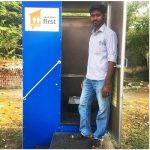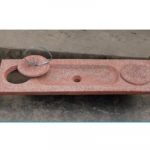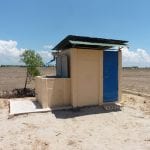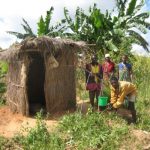GARV toilet
Mayank Midha
“Smart” and portable public toilets.
Garv Toilets are free-to-use public toilets designed to be robust and self-sustainable in terms of energy usage and waste disposal and maintenance, with smart technologies such as sensors and radio-frequency identification tags (RFID) integrated into them. A video introducing the Garv toilet can be found here.
India, Bhutan, Nigera, Ghana. The main target markets are densely populated low-income communities. Installations have already been done in India and Bhutan and Environment ministries in Nigeria and Ghana have shown interest in the Garv toilet. Garv regards West Africa as a possible market for future investment.
GARV produces and sells the product. As of 2017, Garv has targeted the public sphere and hence municipalities are the investors who have implemented the toilets in their communities.
Unknown
The biggest challenge for the GARV may be cultural preference for open defecation. Competitors include smart toilets in Japan with the same or more advanced technology but they are targeted towards high-income households. Examples of toilets for the same client base are “Dr Bhindeshwar Pathak’s Eco-friendly Two Pit, Pour-Flush Compost Toilet”.
Goal 6: Clean water and sanitation
Individuals in densely populated low-income communities in the global south, primarily India and Africa.










